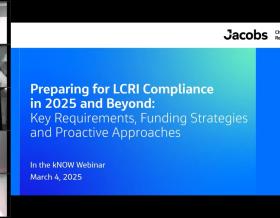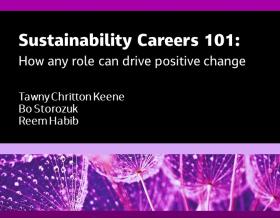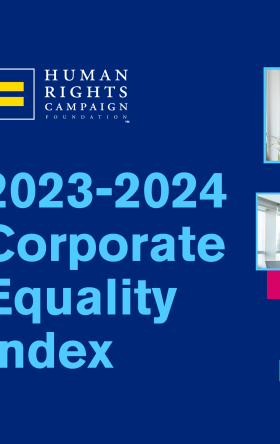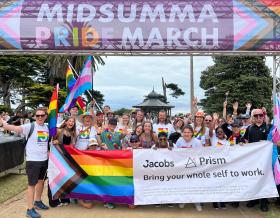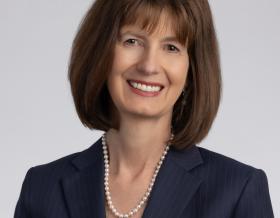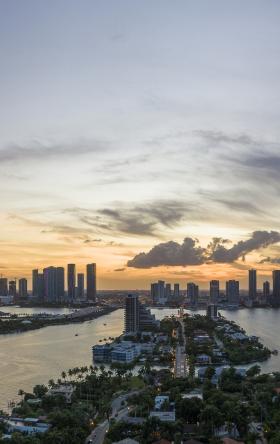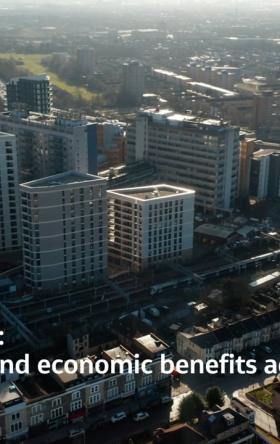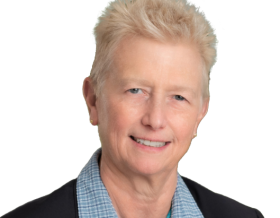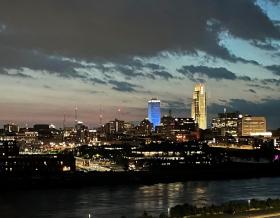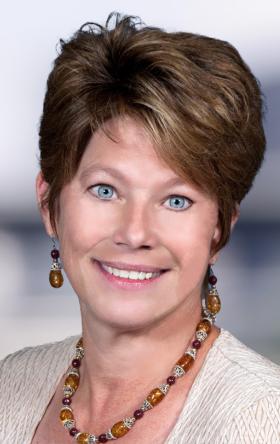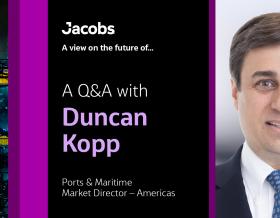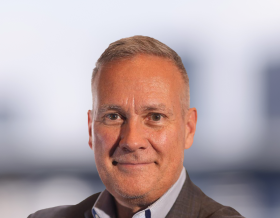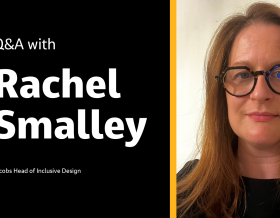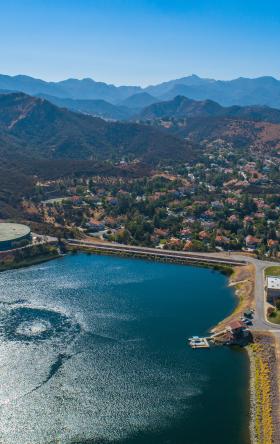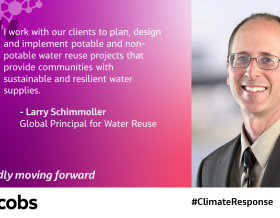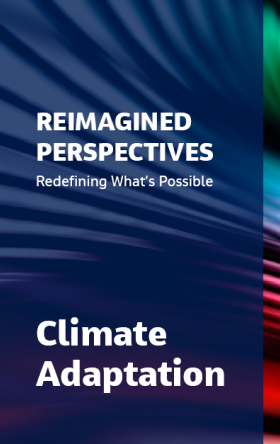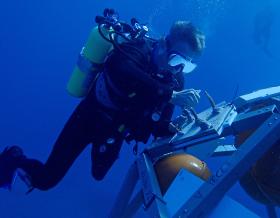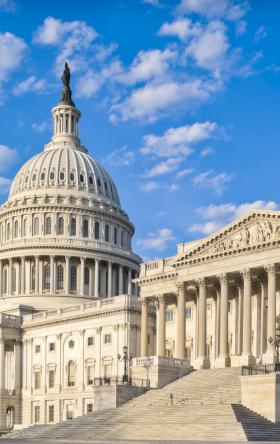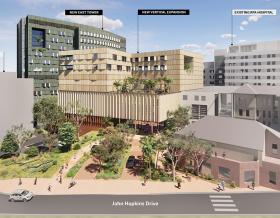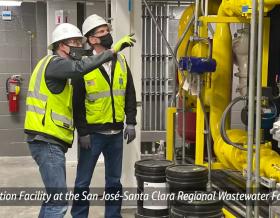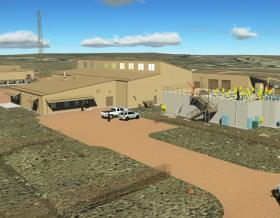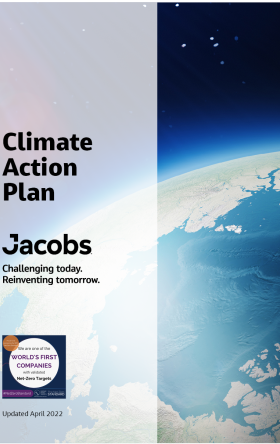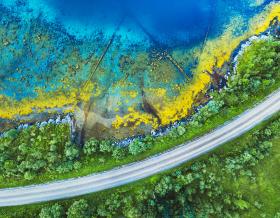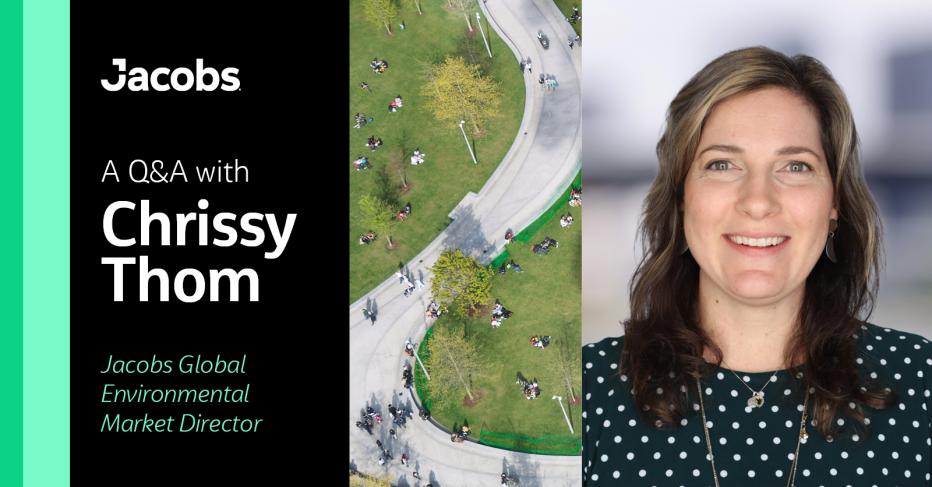
Chrissy Thom leads Jacobs’ global environmental market, bringing energy and vision to how organizations tackle today’s complex environmental challenges. With a background spanning operations and strategic advisory, she now focuses on helping clients anticipate what’s next, using innovation, data and deep industry expertise. In this conversation, Chrissy shares insights into where the environmental market is heading and how Jacobs is helping clients navigate a changing world.
Tell us about a day in the life of a global market director at Jacobs.
This has been a super exciting journey for me. I've always thrived in new roles, leveraging the expertise across Jacobs to push solutions forward and better engage with our clients − not just understanding where they are now but where they’re heading.
These themes cut across all the roles I've had at Jacobs. However, my day-to-day as a global market director is very different from my previous operations role, which focused on running a profit and loss function, staffing projects and delivering on our project commitments.
As a global market director, these daily operational routines and processes have fallen away, creating space to focus on strategy. The emphasis now is on thinking differently: How do we create a golden thread for our people across different geographies and teams? How do we grow? How do we help our clients solve their biggest challenges? It’s a very creative and exciting role.
What is so special about our environmental market?
With Jacobs is a leader in environmental services worldwide, I feel really privileged to step into this role − not as someone who’s starting from scratch and needs to start building; but really to see a team that has a tremendous amount of capability, confidence and expertise and take it to the next level.
I would also say that our environmental market is unique because it really is for all our clients, regardless of the sector. We pride ourselves as Jacobs as working across industries and global regions and Environmental is at the core of this way of working. If you think of transportation agencies, water utilities, semiconductors, life sciences or pharmaceutical clients, we consider them as environmental clients too. We have a role to play to help them deliver on their goals and make them stronger organizations.
What do you see as the biggest challenges in the environmental market today?
I would split these challenges in two categories: some relate to long-standing environmental challenges and some relate to current pressures and macro-events.
Long-standing challenges include continuity, predictability and making sure we understand regulatory requirements. Our role is to help clients—whether in the public or private sector—remain responsible stewards of the environment. That means supporting them in complying with regulations while also protecting their brand and core mission. This often involves understanding the broader stakeholder ecosystem. For example, when addressing cleanup liabilities, we have helped clients manage these issues cost-effectively, sometimes over decades.
Meanwhile, current pressures like geopolitical changes, climate change and emerging contaminants require agility. A good example is our work with per- and polyfluoroalkyl substances (PFAS) which are built into many different products and industrial processes we use. Global regulatory requirements are shifting rapidly as science continues to evolve and we learn more about their health and environmental impacts. An example is drinking water regulations being introduced in the U.S., with various stages of regulations being developed globally. We are using our science-based approach to help clients manage their liabilities in a stepwise, risk-based and cost-assessed way.
Environmental permitting is also shifting rapidly. Our work helps clients meet new regulations efficiently, unlock project funding and build sustainable infrastructure programs. We do this by engaging early – often through front-end advisory services – and collaborating closely with clients and organizations like PA Consulting to shape projects from the start.
How do we help clients think differently to solve current and future challenges?
My philosophy is that we do not take a one-size-fits-all approach. The best thing we can do is stay close to our clients, set aside any preconceived notions and listen to what their challenges and specific characteristics are and how we can support their goals. This level of respect builds trust which is at the heart of the way we work with clients.
More specifically, when it comes to embracing different ways of delivering projects, data, technology and artificial intelligence (AI) are big enablers for us. They inform our decision making which free up resources to focus on strategic problems and how to solve them. For example, we helped the Puerto Rico Aqueduct and Sewer Authority to develop a Digital Resiliency and Response System to provide support before, during and after a catastrophic event. This used to be a paper-based process which is now an easy to use digital platform. This means the community is better prepared for extreme events.
Where do you see the industry heading?
Something that I've been excited about and engaging with as the environmental market director is considering how we support clients across the energy transition. This spans our full client portfolio − including utilities, energy generators, transmission and distribution companies, and ports that enable renewable energy projects like wind farms and battery storage facilities. When you start to look at the ecosystem of energy transition, you realize how important an environmental set of capabilities is in making this happen.
To ensure success, you need environmental upfront planning, advisory and framework setting as well as social engagement to make sure the proposed infrastructure has the support of all key stakeholders. An example of this is SuedLink—a new underground cable connection to transport wind power from northern Germany to Bavaria and Baden-Württemberg. We’re managing the environmental planning and approvals process, including stakeholder engagement, to progress this key renewable project in the region.
Is there a project you’re particularly proud of?
There are many projects I’m particularly proud of! One project I’ll call out is our work with the City of New Orleans. This is a coastal city with significant infrastructure to ensure that the community can handle extreme weather events, including hurricanes. Being built below sea level, Louisiana has many wetlands and is also at the mouth of the Mississippi, which drains about two thirds of North America. It’s a unique, challenging and critical location.
We helped enhance the city’s resilience by modernizing infrastructure to manage stormwater, support energy systems and prepare for extreme weather events. Our work included creating redundant energy systems to ensure continuity during storms, hazard mitigation strategies and citizen preparedness initiatives.
This program stretches back over several decades, across multiple stakeholders and areas, including Federal Emergency Management Agency (FEMA), water and drinking water systems, stormwater and energy. I have been fortunate enough to work on this program and collaborate with a ground-breaking client to take infrastructure that was really good 150 years ago and create something that is cost-effective and transitions the city towards a more resilient future.
About the interviewee
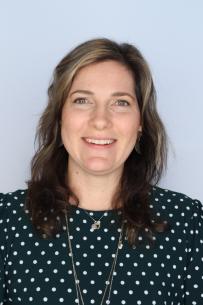
Chrissy is Jacobs’ global market director for environmental, which is the latest accolade in a 24-year career, most of which she has spent at Jacobs. A senior executive with previous roles including leadership of strategic growth, business operations, global program management and digital transformation, Chrissy spearheads a global approach to sustainable infrastructure development. She is passionate about inclusion and developing people in new ways that benefit our clients and communities.


